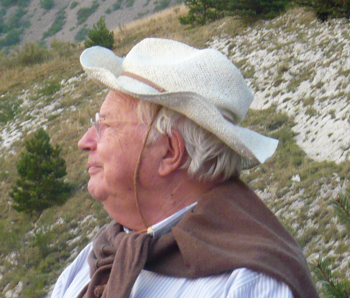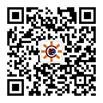Xavier Le Pichon was just starting his career when he stumbled upon a revolution in science.
Le Pichon came to Lamont Geological Observatory (now Columbia University’s Lamont-Doherty Earth Observatory) in 1959 to study theoretical geophysics.
Lamont’s director, Maurice Ewing, instead convinced Le Pichon to travel for 4 months aboard the R/V Vema as a physical oceanography technician.
The research cruise set out to test the existence of the mid-ocean ridge system: a long chain of seismically active mountains running along the ocean floor. During his months at sea, Le Pichon helped map ridges along the South Atlantic and southwest Indian Oceans that corresponded to a belt of earthquakes.
After the cruise, Le Pichon was hooked. He gave up the idea of studying theoretical geophysics and instead decided to pursue a career in marine geophysics studying mid-ocean ridges.

Le Pichon would go on to be one of the scientists on the forefront of the plate tectonics revolution—a theory that changed the way we understand our planet. Scientists discovered that instead of being a solid mass, Earth is made up of a series of plates that move and slide past each other, causing volcanic eruptions, earthquakes, and geological formations. The discovery of the mid-ocean ridge system and magnetic anomalies on the ocean floor led scientists to develop the theory of seafloor spreading, the process by which oceanic crust is renewed and a key piece in the development of plate tectonic theory.
Le Pichon recounts the changes that took place in Earth science during the 1950s and 1960s in a new Centennial episode of Third Pod from the Sun and a new paper in the AGU journal Tectonics. He details the discoveries that led to solidification of the theory, his own work developing the first global plate kinematic model and reconstructing how the planet looked billions of years ago, and what it was like to be a young scientist challenging deeply held scientific theories.
Le Pichon is also featured in this month’s Eos, where editor in chief Heather Goss tells the story of how, in 1990, Le Pichon unearthed an outline of a talk given by Jason Morgan at AGU’s Spring Meeting in Washington, D.C., in April 1967. Morgan had proved the theory of plate tectonics through seafloor spreading measurements, but he was largely ignored and was not fully credited with the discovery until Le Pichon published the outline more than 20 years later.
According to Le Pichon, the period was a “state of confusion and contradiction but also of extraordinary excitement in which we, Earth scientists, lived at this time.”
—Nanci Bompey (@nbompey), Public Information Officer, AGU






